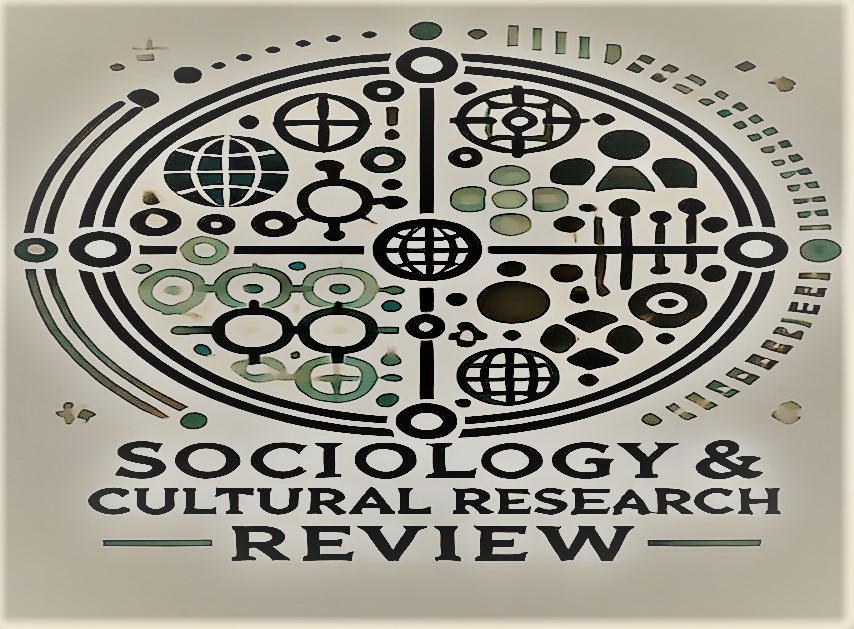Political Stance Now and Then: A Comparative Thematic Analysis of Benazir Bhutto and Aseefa Bhutto-Zardari’s Narratives
Abstract
Political talk is an effective tool that is used to construct ideologies, identities and power relations. Bhutto family’s political story which has passed the generations is an indication of the transforming Pakistani political ethos of democracy. The present research seeks to establish some of the similarities and differences between the political themes in the stories of Benazir Bhutto and Aseefa Bhutto-Zardari and investigate how the socio-political and contextual shifts have influenced their political speeches. The research applies the three-dimensional Critical Discourse Analysis (CDA) model of Fairclough (1995 & 2013) to make a thematic comparison of the sampled speeches and statements of the two leaders based on the recurring patterns of politics, gender and ideology. The discussion shows that there was continuity of the ideals of democracy but a change in rhetoric of Benazir towards sentiment-filled and resistance-based rhetoric to Aseefa towards institutional-focused and policy-based rhetoric as a result of generational and contextual change. The research finds that the Bhutto legacy can be sustained by rhetorical adjustments that can reconfigure democracy and gender inclusiveness to meet the modern political situations.
Keywords: Political stance, now, then, comparative thematic analysis, Benazir Bhutto, Aseefa Bhutto-Zardari




